What Happened to the Golden Age of Star Wars Games?
There was a time when Star Wars games allowed fans to go on their own exciting adventures across the galaxy. That time is over.
Former employees of Lucasfilm Games (the precursor to the LucasArts development studio) once claimed to USGamer that George Lucas started a game development studio so that he could avoid massive tax penalties associated with the success of the Star Wars franchise.
“He’s not a gamer,” said Steve Williams, former GM of Lucasfilm Games and LucasArts. “It’s not that he didn’t care. He wanted us to be successful. He would say, ‘I don’t know your market, you guys should figure out what you’re supposed to be doing.’”
Lucas may have wanted Lucasfilm Games to succeed, but he initially denied them access to the golden goose of his empire and the right to visit the very universe whose success prompted the formation of the development studio: Star Wars.
That may seem odd, but you have to consider a couple of things. First off, Williams was quite right when he said that Lucas wasn’t a gamer. Former Lucasfilm Games designer Chip Morningstar admitted that he always felt Lucas viewed gaming as an immature medium.
It wasn’t just video games, though. There was a time when Lucas didn’t even have faith in the possibility that Star Wars would become a franchise. He even reportedly asked author Alan Dean Foster to write the 1978 book Splinter of the Mind’s Eye on the off chance that he might be able to use the story as the basis for a low-budget Star Wars sequel.
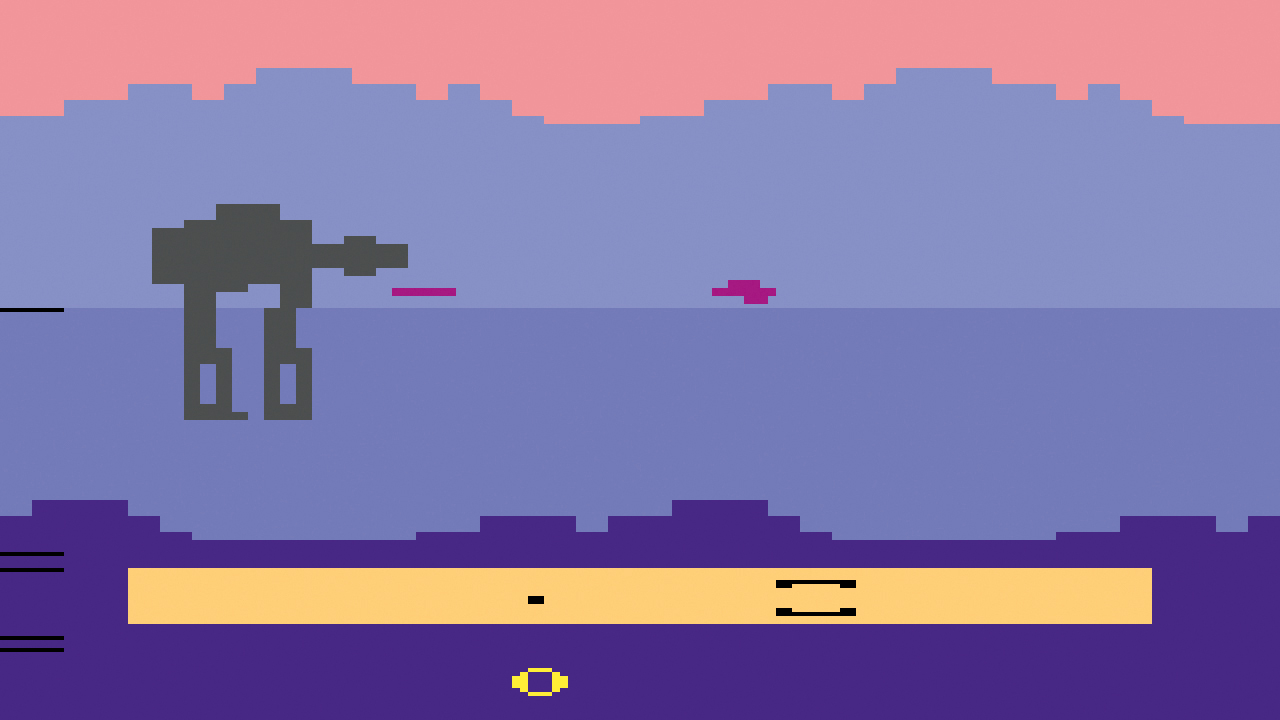
Perhaps that’s why he sold the rights to produce Star Wars video games years before he ever formed a game studio. At that time, he probably viewed video games and Star Wars as roughly the same thing: two irons best struck while they were hot. Even if Lucas had known with all certainty that Star Wars was going to be a success, there was no way that he could have known what video games were going to become and what they would contribute to his prized property.
Granted, that wasn’t always the case. Lucasfilm may not have been making Star Wars games, but other companies certainly were. The first electronic Star Wars game, 1977’s Star Wars Electronic Battle Command Game, was little more than a beep and boop producing machine that so happened to bear the franchise’s name.
The first proper Star Wars video game, 1982’s The Empire Strikes Back for Atari 2600, wasn’t much better. It put players in the pilot seat of a snowspeeder and tasked them with taking out a series of AT-AT Walkers. Doing so required a Jedi-like level of patience for monotonous gameplay, but that’s about as close as it got to replicating the Star Wars experience.
Many of the video games that followed also focused on very specific aspect of the films. Return of the Jedi: Death Star Battle saw you assault the Death Star in the Millenium Falcon. Jedi Arena was basically Pong with lightsabers.
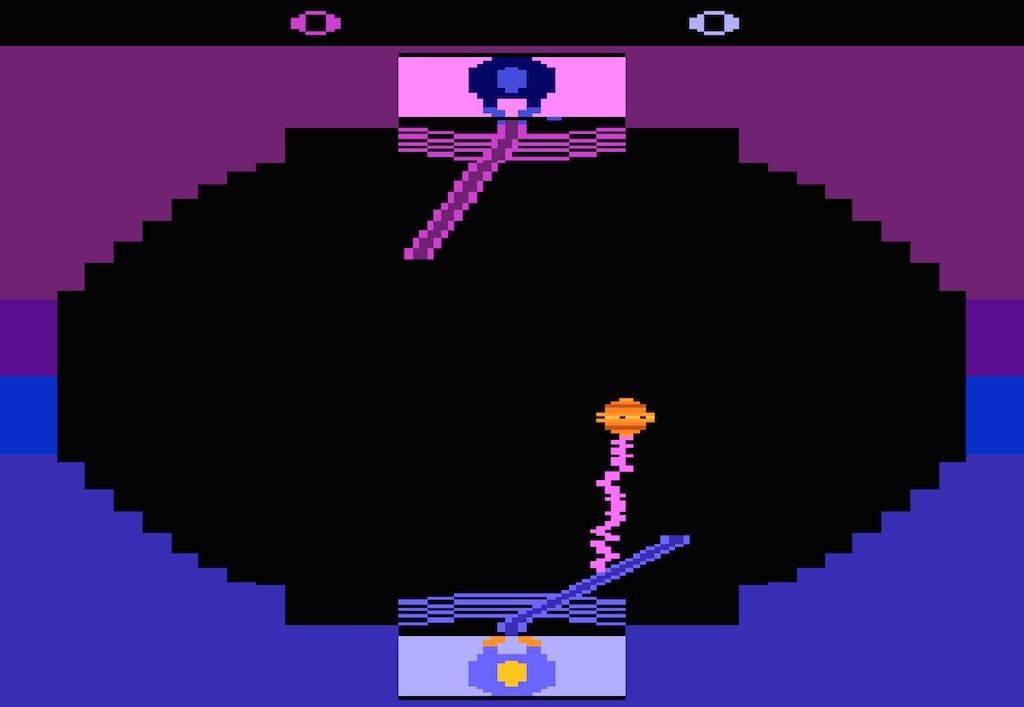
Crude as they may have been, these early games offered fans the chance to engage in a bit of wish fulfillment. The same can be said of the novels and toys, but only the Star Wars games utilized a similar kind of mind-blowing technology that helped make the films such runaway hits. That’s especially true of the 1983 Star Wars arcade game, with its revolutionary vector graphics, sound design, and structure.
However, if the history of Star Wars video games had ended in the early ‘80s – a feat the great video game crash of 1983 threatened to accomplish – then it’s highly unlikely that anyone would remember them as more than a diversion. Had that come to pass, an entire generation of fans might never have discovered that the true joy of the Star Wars universe comes from the thrill of experiencing new adventures within it.
The developers of early Star Wars games could have used Lucas’ indifference as an excuse to craft their own stories, but few actually did. You can blame the lack of creativity on a number of factors, but the biggest problem may have been that many of the people who worked on those games didn’t have the chance to fully explore gaming as a creative medium.
That was not the case for the LucasArts development team.
“The fact that we couldn’t use Star Wars was a constraint,” said Morningstar. “It generated a lot of creativity.”
By the time the team at LucasArts finally got the chance to work on its first in-house Star Wars game in 1992, the studio had already helped pioneer the point-and-click adventure genre and proven that it was one of gaming’s most reliable sources for quality writing and visual design.
Fueled by its success in creating original properties such as Maniac Mansion and Monkey Island, the team at LucasArts realized that it wasn’t content developing a game that reminded people of the films. LucasArts instead chose to develop a title that provided an experience no Star Wars film ever really had. An experience only gaming could offer.
That game, X-Wing, was a sci-fi flight simulator developed by the legendary Lawrence Holland. Fans attracted to the game because of its incredible soundtrack, revolutionary visual design, and familiar trappings soon discovered that X-Wing demanded incredible levels of skill and intelligence from the player. Success in X-Wing meant mastering a series of complicated mechanics.
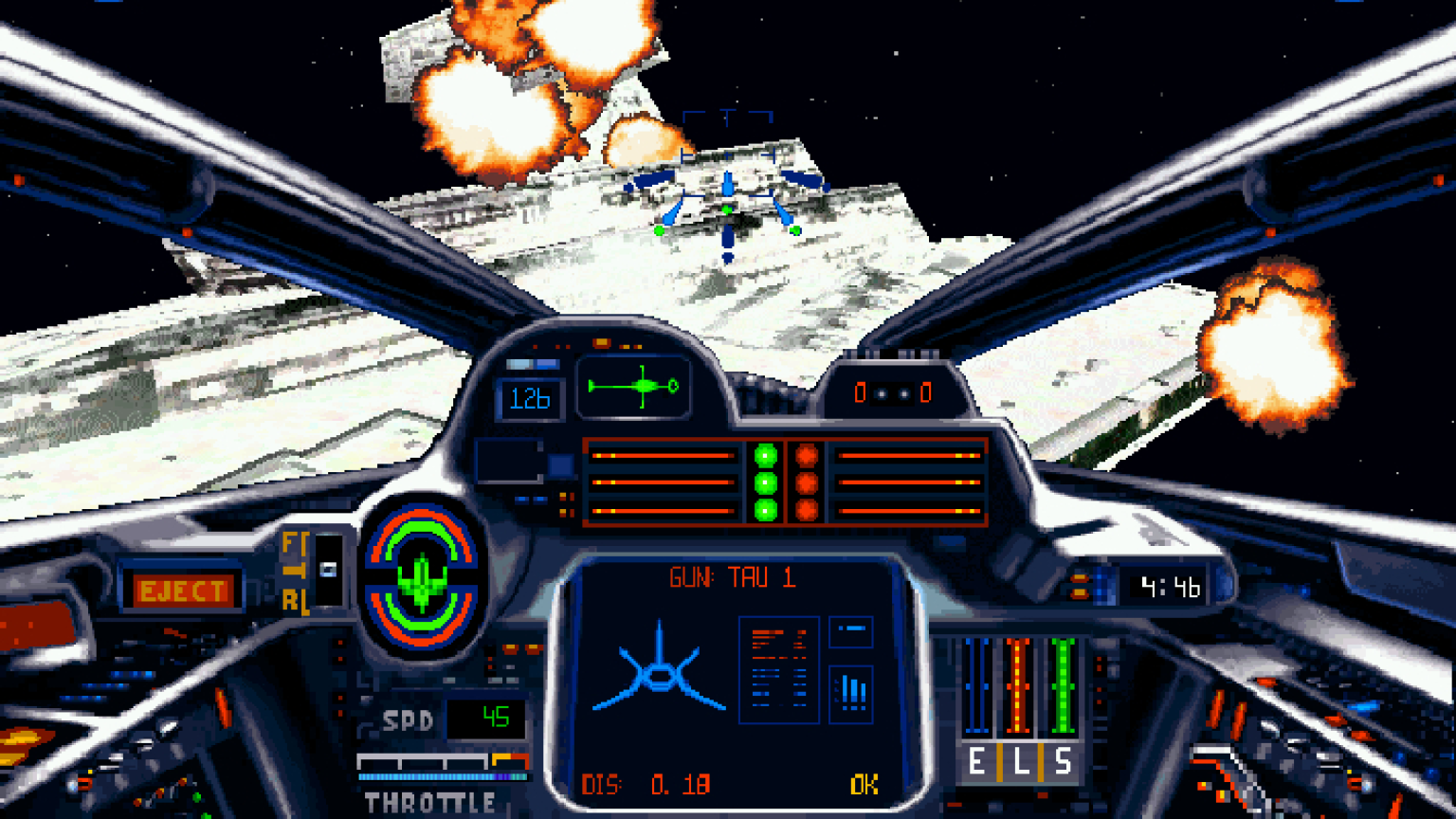
X-Wing was not a wish fulfillment game designed to offer simple entertainment to the masses. It was a game created for a more mature crowd of hardcore fans.
That’s a demographic that most pieces of Star Wars-related entertainment had not catered to until that point (the Thrawn novels notwithstanding). Many of the people who flocked to X-Wing were older fans who had seen the movies countless times and younger fans who first saw the movies on VHS and never had the chance to experience the thrill of a new Star Wars movie release. Those are two groups of fans who may have fallen out of love with the saga had creators not found ways to rekindle the spark of the universe.
Holland and the X-Wing development team continued to cater to that fanbase with the release of 1993’s TIE Fighter. This game continued X-Wing’s basic gameplay design, but cast players as an Imperial pilot rather than a Rebel. Mind you, this was much more than a change of scenery. TIE Fighter presented the Empire as the heroic body trying desperately to prevent the terrorist Rebels from undoing its noble efforts. It was the kind of daring and dark Star Wars story that never would have made it to theaters and had rarely been explored in books.
That’s just the way that many of the people who worked on these games liked it. For instance, the developers of 1995’s Dark Forces, a first-person shooter designed to capitalize on the success of Star Wars-themed Doom mods, originally intended to make Luke Skywalker the game’s protagonist. When LucasArts realized how much that would limit the game’s creative potential, the studio decided to create a new hero, Kyle Katarn.
Much like the 1991 Timothy Zahn novel Heir to the Empire, Dark Forces showed fans – who associated non-Lucasfilm contributions to the series’ mythology with the often dreadful world of fan fiction – that freedom from the shackles of canonical entertainment can unlock something new and exciting. Katarn’s five-game journey from Imperial spy to Jedi master is the kind of grand arc fans had only dreamed of through table-top RPGs and action figure role-playing. It’s also the kind of heartfelt and patient story that is tough for a blockbuster motion picture to properly convey.
Katarn was the first great hero spawned by Star Wars games. He would not be the last.
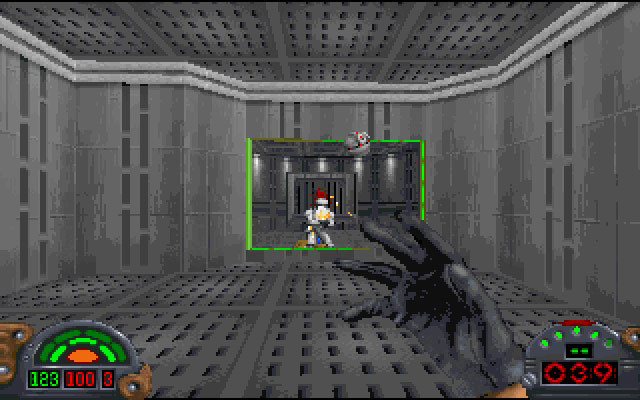
LucasArts again abandoned the strict confines of the Star Wars canon when it decided to develop a Star Wars interquel called Shadows of the Empire, which arrived in 1996. For this project, the studio used major Star Wars characters as the game’s protagonists to tell a new story in the galaxy far, far away, one that took place between The Empire Strikes Back and Return of the Jedi.
While the game was part of a larger multimedia project that also included a novel, soundtrack, and action figures, the game was the most direct way to experience this new story at its most cinematic. Its biggest draw was undoubtedly the ability to play as the franchise’s newest hero, Dash Rendar, a Han Solo stand-in with his very own ship.
Most importantly, Shadows of the Empire was the first Star Wars game to be truly recognized by Lucasfilm as part of a larger whole, and it received a huge chunk of real estate in the canon timeline. For years, Shadows of the Empire was the official story of what Luke, Leia, Chewie, and Lando were up to just before Return of the Jedi. Giving this much importance to Shadows of the Empire could only bode well for Star Wars gaming going forward.
In fact, the push for originality and expanding the franchise’s universe beyond the movies is what led to what could arguably be called the golden age of Star Wars games.
In 2000, famed developer BioWare declined LucasArts’ offer to create a game based on Attack of the Clones in favor of telling a story that took place almost 4,000 years before Episode I. BioWare’s game, Knights of the Old Republic, is considered by many – including director Rian Johnson – to be one of the greatest Star Wars stories ever told and perhaps the greatest Star Wars game ever made.
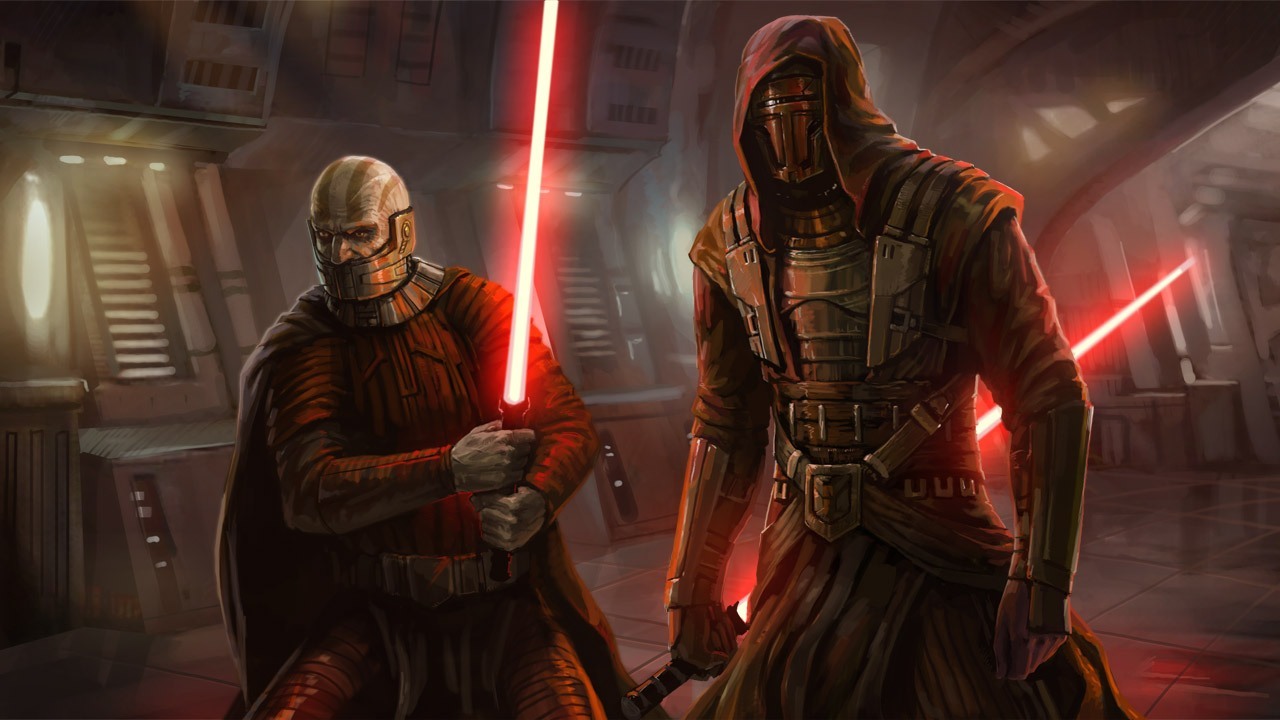
While it wasn’t the first tale set thousands of years before the film saga – Dark Horse’s Tales of the Jedi comic book series took place even earlier in the timeline, and inspired some of the events in Knights of the Old Republic – it was the first time a game had taken this many liberties. Expanding on both Jedi and Sith lore – the latter by far the most interesting – Knights of the Old Republic and its sequels gave the Star Wars universe real history that fans could experience on the screen. From ancient Sith lords and never-before-seen Force powers to unexplored conflicts and planets, Knights of the Old Republic added a whole other universe of things to Star Wars. It’s hard to imagine the Disney era taking such liberties and giving a huge part of canon to a video game.
Dark Forces, Shadows of the Empire, and Knights of the Old Republic all arrived at a time when Star Wars fans needed them most. Between the edited re-releases of the original films that some say butchered those classic movies and the highly controversial prequels, fans could no longer trust theaters to provide the greatest Star Wars experiences. Instead, a growing generation of gamers discovered that the best Star Wars stories of that era were being told by people who were just as likely to hold an actual lightsaber as they were to hold the camera that filmed the next Star Wars movie.
Even the games that sought to recreate some aspect of the films did so in creative ways. 1999’s Star Wars Episode I: Racer turned the most exciting scene from Episode I into a brilliant racing title that raised the standards of speed. 2001’s Rogue Squadron II: Rogue Leader finally translated the brilliant space battles from the Original Trilogy into a fulfilling arcade-style shooter experience, while also adding quite a few new battles of its own. 2004’s Battlefront turned the overlooked land-based battles of the film into an essential online shooter experience. 2005’s Republic Commando fashioned a brilliant squad-based shooter out of the much-maligned clone storyline from Episode II.
With hit after hit, this was a time when those who had been shortchanged by the money machine that the Star Wars films had become could collect their compensation, courtesy of a collection of creators who understood why people loved the saga to begin with.
Unfortunately, the golden age didn’t last.
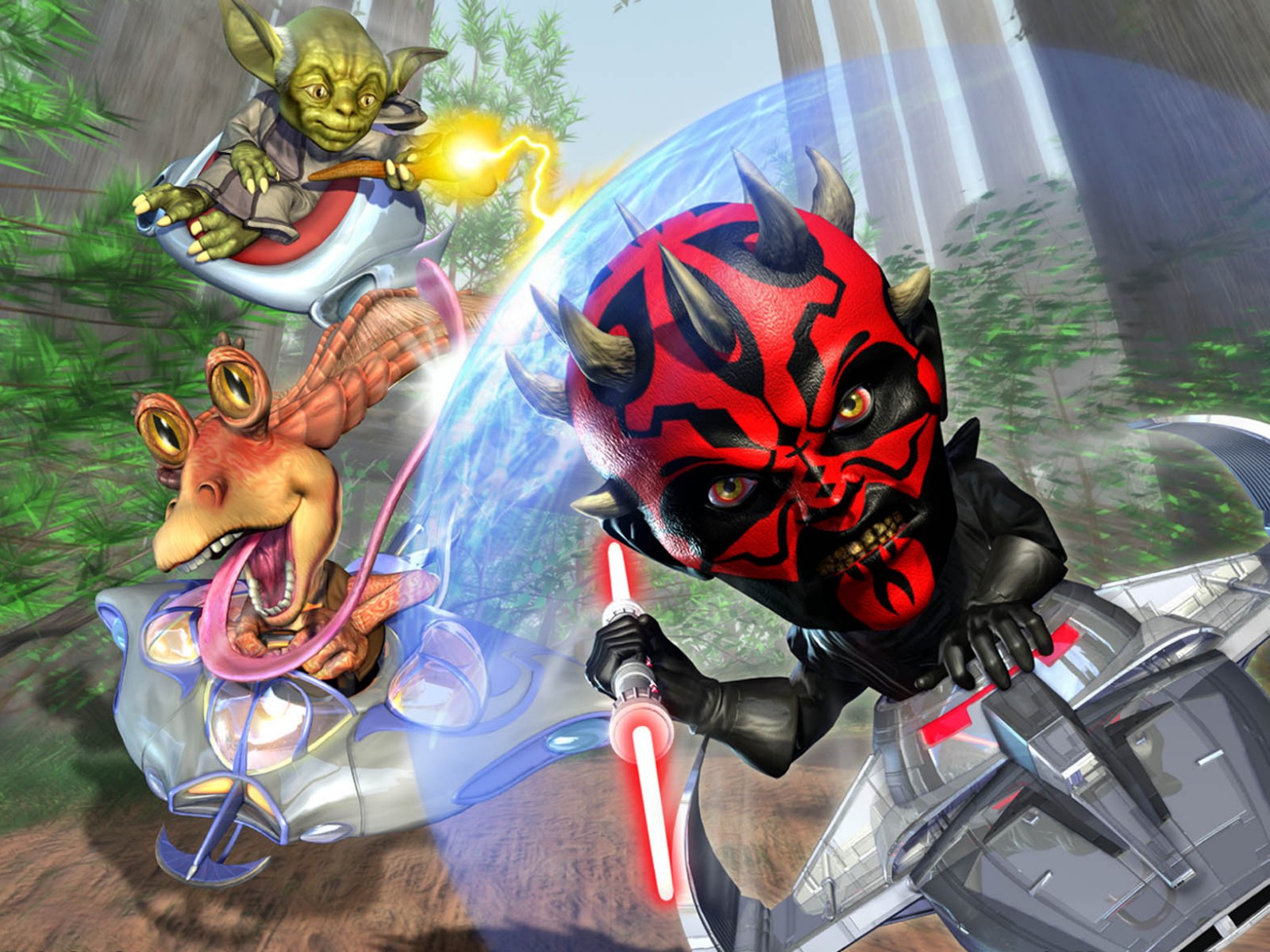
There had always been bad Star Wars games, but LucasArts and its partners began churning them out at an alarming rate in the early 2000s. Titles like Star Wars: Obi-Wan, Demolition, and the despicable Bombad Racing were barely playable titles that would have never seen the light of day were they not built on the foundation that the truly great stories established.
These were the kind of Star Wars games that left people with the sinking feeling that their love for this franchise was an exploitable weakness that they needed to shed. Those who demanded more from the brand than laser swords, blasters, and familiar faces were suddenly made to feel like fools by those who insisted that the series was made up of simple pieces of entertainment best enjoyed with lowered expectations.
The sins of this era are best summarized by a statement Nancy MacIntyre, former VP of marketing at LucasArts, gave to The New York Times after fans of the MMO Star Wars Galaxies protested against changes made to the game which significantly watered down the core experience in order to cater to a more general audience:
“We wanted more instant gratification: kill, get treasure, repeat. We needed to give people more of an opportunity to be a part of what they have seen in the movies rather than something they had created themselves.”
That philosophy hindered even the noblest of efforts at LucasArts. 2008’s The Force Unleashed was supposed to be the title that finally revived the golden age of Star Wars games. It was conceived by a small group of designers at LucasArts who truly believed they could craft a Star Wars experience that would change everything. The brief presentation they finally put together impressed Lucas so much that he personally became involved with the development of the title. He wanted to ensure that the game felt like an extension of the films.
As detractors know, Lucas’ involvement isn’t always a blessing. A member of the The Force Unleashed development team told Game Informer that the team wanted to be able to use the “Darth” title for the game’s main character. Lucas agreed and offered them two Darth naming options that he felt would fit into the canon: Darth Icky and Darth Insanius.
“There was a pregnant pause in the room after that,” said the team member. “People waiting for George to say ‘just kidding,’ but it never comes, and he just moved on to another point.”
At it’s best, The Force Unleashed did deliver a fundamental Star Wars experience. It featured lightsabers, Jedi, Sith, and a sweeping score that contains some of the single best tracks in the franchise. Even its story showcased moments of brilliance. The tale of Darth Vader’s secret plan to use an apprentice to overthrow the Emperor touched upon some of the most appealing aspects of the mythos. There was also something undeniably appealing about controlling Darth Vader as he tossed Wookiees aside with the Force. And like the great games that had come before it, The Force Unleashed also established some very important Star Wars lore, particularly the birth of the Rebellion. Before the days of the Rebels animated series and canon reset, this game was the official Rebellion origin story.
Unfortunately, the game was crippled by what one team member described as “curveballs thrown by people not directly tied to the development process.” The small team that saw The Force Unleashed as a true new hope was compromised by a managerial agenda which severely limited its ability to forge a new path. What the team ended up delivering was indeed that “kill and repeat” experience that some at LucasArts felt was all that Star Wars games ever needed to be. The development team’s apathy towards such a directive is best showcased in the various glaring technical issues and half-baked gameplay that plague the final product.
As the video game show X-Play once noted, it felt as if the developers “just stopped working on the game and went home.”
In 2014, we spoke to Matt Boland, a former designer at LucasArts, about this time at the studio. He described a disconnect between the Sales and Marketing department, which had become a much bigger focus of LucasArts’ business towards the end of the developer’s life, and the game development team itself.
For no-brainers like a potential Battlefront 3, things became infinitely more complicated as the focus shifted within the company.
“Battlefront 3 was always on the radar, though the notion was always deeply rooted in a struggle between the goals of Sales and Marketing to carry on the franchise, and that of the design team to craft a completely unique shooter.”
And then there’s the uphill battle LucasArts faced against the higher echelons of Lucas’ empire.
“A great number of times what the public might have seen as shitty work or laziness from LucasArts were actually the results of decisions from much higher in the LucasFilm food chain,” Boland told us. “In the end, Lucasfilm is a film company, not a game company, and I think that knowledge gap lead to LucasArts taking hits for a lot of products that everyone (teams included) knew weren’t ready for release.”
This miserable period for LucasArts culminated in the release of Kinect Star Wars, a motion-controlled travesty that allowed players to vaguely maneuver Han Solo as he danced on the grave of the proud legacy of Star Wars games. In just a few years, LucasArts went from a studio that didn’t want to be restricted by the boundaries of the films to a company that greenlit “Hologram Girl,” a Star Wars-themed song sung to the tune of “Hollaback Girl.”
Kinect Star Wars was the last LucasArts Star Wars game, but the pain didn’t stopped there. When Disney bought Lucasfilm in 2012, the company wasted no time killing off any chance the future of Star Wars gaming might have had. On April 3, 2013, Disney announced that it had laid off most of LucasArts’ staff. In the process, the House of Mouse effectively ended the development of Star Wars 1313.
Boland told us that 1313 was still the best looking game he had ever seen up until that point.
As far as cry worthy details, towards the end there was some awesome stuff developed using Boba’s jetpack. We were just starting to prototype how the jetpack could integrate into a cover-based shooter without us cheaping out and committing the sin of arbitrarily taking away the jetpack at certain points.
We also had an assortment of wrist-mounted gadgets players could use to gain advantages in combat, an epic story involving the Coruscant underworld, and a world class art team who created next-gen visuals when the PS4 and XBONE were mere twinkles in first-party executives’ eyes.
1313 was supposed to be a gritty and mature Star Wars title that shifted the focus away from lightsabers and the Force and to the early years of Boba Fett’s mercenary career in the Coruscant underground. It was supposed to be the game that restored glory to the concept of interactive Star Wars experiences.
The optimism required to believe that sentiment is similar to the drive the compelled Darth Vader to rule the galaxy. Both are dependent on your ability to press forward despite a history of severe burns.
Even after LucasArts had been obliterated (it still exists as a licensor), Disney wasn’t done doing damage to the proud history of great Star Wars games. In 2013, the company granted Electronic Arts the exclusive rights to make Star Wars games. EA recently rewarded that trust by releasing Star Wars Battlefront II, a game so exploitative that the CEO of Disney reportedly stepped in to ask the publisher to dial back on the greed.
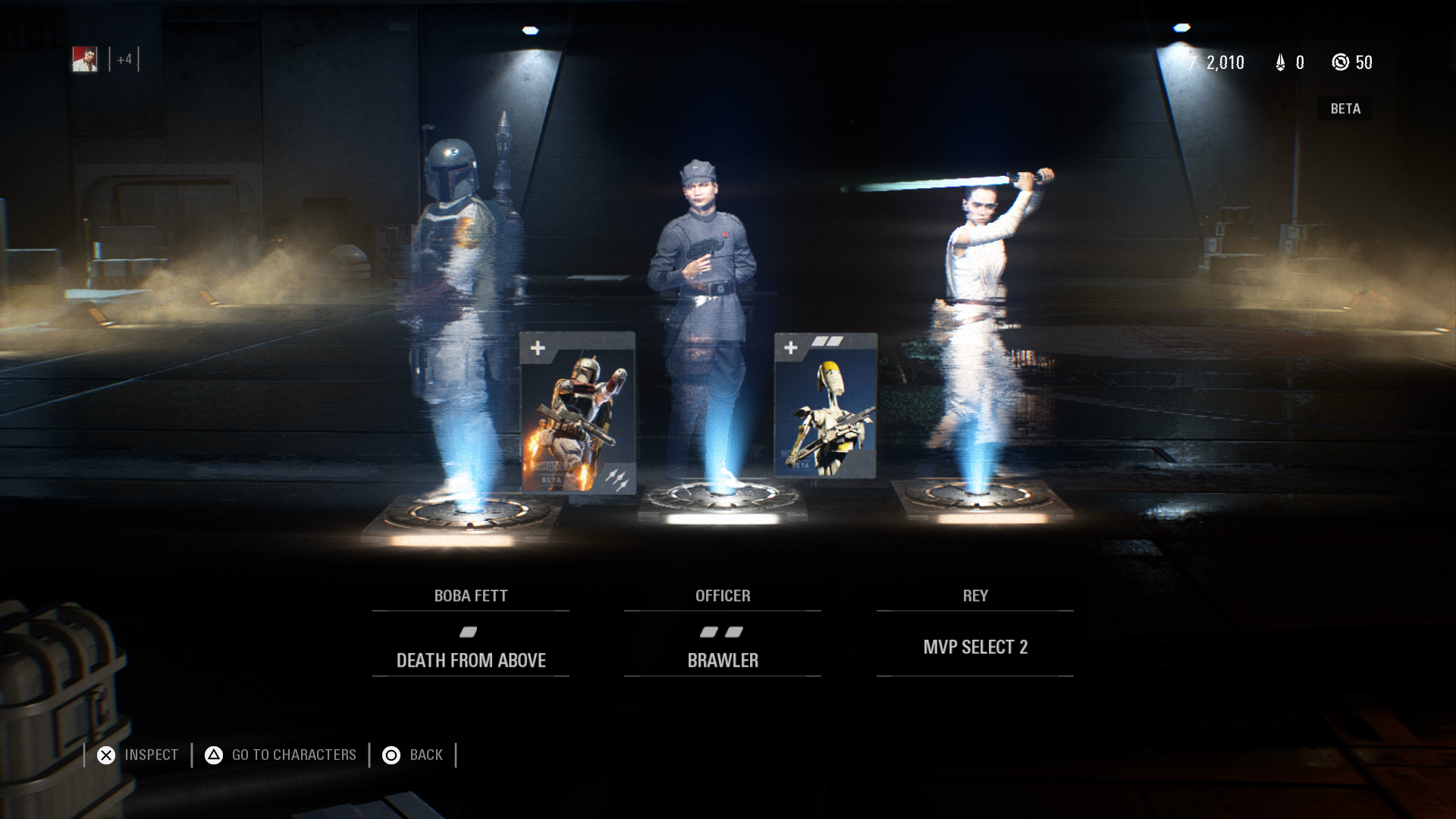
However, Battlefront II’s greatest sin against the history of Star Wars games isn’t its loot box fiasco. It’s not even the fact that it is almost solely based on nostalgia and what we’ve seen in the movies, forgoing even the tiniest hint of innovation (the single-player story campaign is paint-by-the-numbers and bad). No, the most depressing thing about Battlefront II is that it was the only new Star Wars game released in 2017. There’s no new Star Wars game on the 2018 slate as of this writing.
EA recently killed off developer Visceral Games and its narrative-based action-adventure project known simply as “Ragtag.” The full story of that game’s cancellation is a complicated and fascinating tale of what happens when ambition meets economic constrictions and big egos. Some at Visceral have even stated that the game was likely never going to be good.
Fans didn’t see it that way, though. Due largely to an ill-advised press release that explained EA’s decision to close Visceral Games, fans walked away with the impression that EA simply didn’t feel a narrative-based, original Star Wars experience was viable in the modern age.
Even if that isn’t the absolute truth, it’s impossible to blame fans for believing it. After all, they have endured over a decade of executives telling them what they should want in a Star Wars game and how anything else simply isn’t reasonable.
The fact that Battlefront II represents the foreseeable future of new Star Wars video games is a disturbance that has left many fans with the feeling that a million creative voices cried out in terror and were suddenly silenced. Or, as former LucasArts’ programmer David Fox put it to USGamer, “I think [Disney] bought Lucasfilm for Star Wars, not old games.”
Perhaps there will come a day when Star Wars video games aren’t crafted solely by a studio petrified to abandon the doctrine of the films in favor of creating the kind of bold experiences that developers of the past preferred over the familiar. On that day, gamers everywhere will be reminded that the true joy of Star Wars video games doesn’t just come from the way they allow us to live out our fantasies, but in the way they give fans a viable outlet for the stories they envisioned as kids.
Until then, don’t hesitate to revisit the greatest Star Wars games or play them for the first time. Here’s a quick list: Knights of the Old Republic, the Dark Forces/Jedi Knight series, the Rogue Squadron games, the original Battlefront games, and Republic Commando. These games are still the best way to keep your Star Wars fandom alive at a time when it’s beginning to feel like new Star Wars projects are destined to divide.
